Curry Chronicles: A Spicy Journey Through Time and Taste
If you’ve ever bitten into a steaming bowl of curry and wondered where the heck this flavor-packed marvel came from, you’re not alone. Curry is one of those culinary shape-shifters — it can be creamy, spicy, sweet, tangy, or even (somehow) all at once. But despite its global popularity, its true origin story is more complicated than trying to find your way through a spice market in Mumbai.
In this article, we’ll take you on a flavorful trip around the world — from ancient Indian kitchens to Victorian drawing rooms and beyond — to answer that age-old question:
Where Is Curry Originally From?
The Short Answer
- India, baby!
The Long Answer
Sure, the short version hits the nail on the head, but like any good spice blend, there’s a lot more to unpack. Let’s dive deep into the saffron-stained pages of history and explore the many faces of curry across cultures.
A Global Spice Tour: How Curry Spread Around the World
| Region | Curry Style | Signature Ingredients | Fun Fact |
|---|---|---|---|
| India | Masala-based curries (North & South variations) | Turmeric, cumin, coriander, ginger, chili | Kerala’s fish curry uses coconut milk; Punjab’s butter chicken is tomato-based |
| Thailand | Red, Green, Yellow Curry | Shrimp paste, lemongrass, kaffir lime leaves | Yellow curry has turmeric; green uses fresh chilies |
| Japan | Kare Raisu (Japanese Curry Rice) | Flour, butter, mild spices | Served with pickles and rice; often kid-friendly |
| Jamaica | Curry Goat | Allspice, scotch bonnet peppers, Jamaican curry powder | A popular street food served with roti or rice |
| United Kingdom | British-style Chicken Tikka Masala | Cream of mushroom soup, garam masala | Declared Britain’s national dish in 2001 |
Top 7 Curry-Related Myths Busted
- Curry is a single spice. No way! It’s more like a concept or cooking style, not an actual ingredient unless you're referring to 'curry powder.'
- Only Indians eat curry. Please. It’s a global superstar with millions of regional adaptations.
- It’s always super hot. False. You can tone down heat levels easily — just ask your chef (or yourself if you’re cooking).
- All curry powders are the same. Wrong! There are dozens of blends with varying heat, salt, and aromatics.
- Curry comes from the word 'kari.' Yes... but also no. Some etymologists debate its Tamil origins vs. British interpretations.
- You need hours to make a good curry. Not anymore! Modern pressure cookers and smart prep techniques cut time without sacrificing flavor.
- Curry is just for meat lovers. Vegan curries are rising fast in popularity — lentils, chickpeas, and jackfruit all shine.
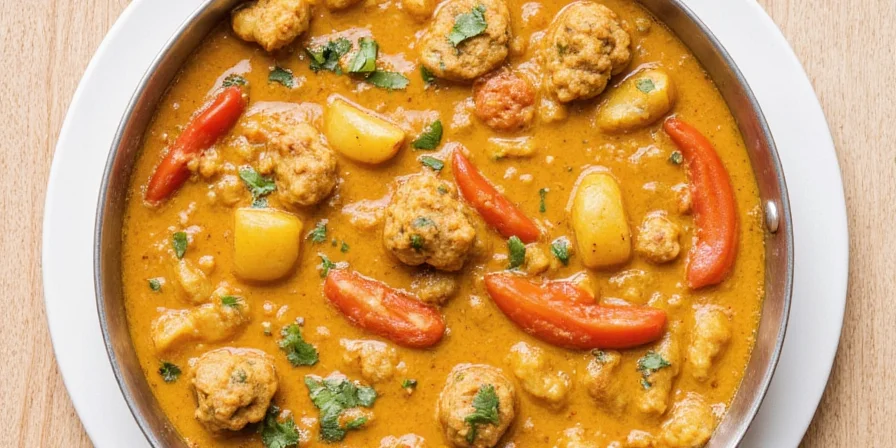
Why Understanding Curry’s Origins Matters
So why bother diving into the tangled roots of curry? Because understanding where your food comes from adds layers of appreciation to every bite. Plus, when you know how different regions influence flavors, you can start making smarter choices when ordering out — or better yet, experimenting in your own kitchen.
Here’s how knowing curry’s heritage helps:
- Better pairings: Thai curry with jasmine rice? Check. Indian lamb with naan? Double check.
- More authentic flavor: Using regional spices brings you closer to the original spirit of the dish.
- Educated palates: Your friends will think you’re some kind of spice savant after you drop historical knowledge at dinner parties.
From Vindaloo to Vermont: The Evolution of Curry Styles
Let’s take a quick walk through curry’s evolutionary path:
- 4000+ Years Ago: Ancient Indian civilizations begin using spice blends in daily cooking.
- 1500s: Portuguese traders introduce chilies from the Americas, forever changing Indian cuisine.
- 1800s: British colonists bring back 'curry' as both a dish and a spice mix to the UK.
- Early 20th Century: Curry makes its way into Caribbean, Japanese, and Southeast Asian cuisines.
- Present Day: Curry is a staple worldwide — available in supermarkets, gourmet restaurants, and fusion food trucks alike.
How to Choose the Right Curry for You
Choosing the right type of curry can feel like picking the perfect wine — confusing at first, but incredibly rewarding once you get the hang of it. Here’s a handy guide:
| Craving... | Try This Curry | Flavor Profile | Best For |
|---|---|---|---|
| Creamy comfort | Butter Chicken / Korma | Mild, rich, with cream or yogurt | First-time curry tasters, kids, date night |
| Spicy thrill | Vindaloo / Phaal | Fiery hot, tangy, bold | Adrenaline junkies, spice lovers, macho chefs |
| Herbal freshness | Thai Green Curry | Fragrant, light, aromatic | Summer nights, seafood lovers, health-conscious folks |
| Umami richness | Japanese Kare | Mellow, slightly sweet, thick | Families, comfort food lovers, bento box fans |
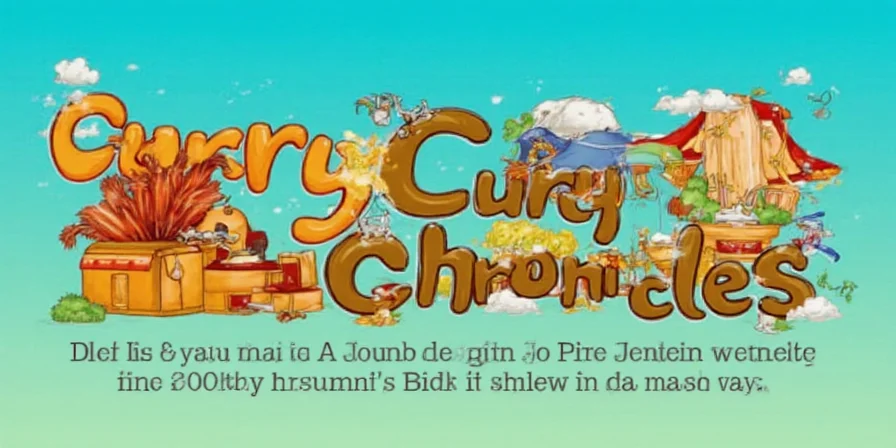
DIY Curry: Spice Tips That Will Make You a Kitchen Rockstar
If you’ve ever tried making curry at home, you know that it’s part science, part art, and entirely delicious. Here are our top tips to elevate your curry game:
- To roast or not to roast? Dry-roasting spices before grinding them releases their oils and boosts aroma significantly.
- Layer your flavors. Start with onions, garlic, and ginger; add spices next; then proteins or veggies last.
- Use ghee for authenticity. Clarified butter adds depth and richness that regular oil just can’t match.
- Add acid for balance. A splash of vinegar or lemon juice can brighten up even the heaviest curry.
- Don’t skip the tempering. Tadka (heating oil and popping spices) is a game-changer in Indian curries.
- Let it rest overnight. Like fine wine or revenge, curry tastes better the next day.
- Pair wisely. Basmati rice, naan, papadum, or even crusty bread can transform your curry experience.
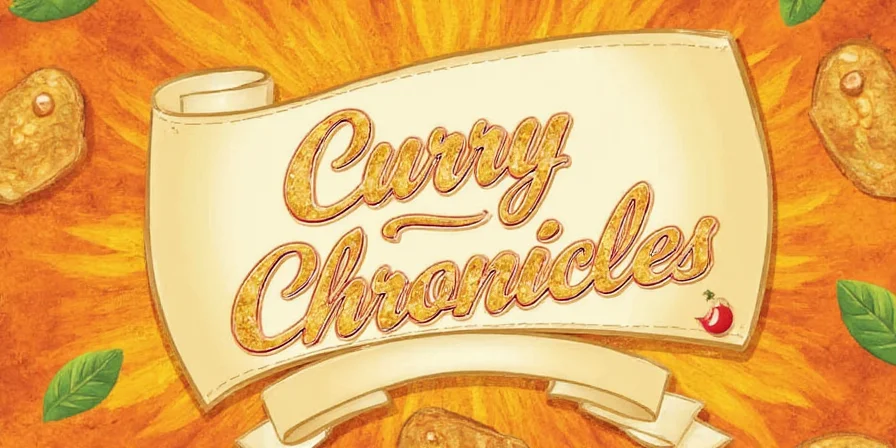
Conclusion: Curry – A Flavor Without Borders
So, where is curry originally from? While the short answer points firmly toward India, the real story is far richer — a tapestry woven through trade routes, colonialism, migration, and adaptation. What started as a regional cooking technique has evolved into a beloved global phenomenon.
Whether you're sipping on a coconut-rich Thai curry, digging into a buttery North Indian dish, or enjoying a warm bowl of Japanese kare, you're tasting centuries of history in every spoonful. And now that you’re armed with a little background and a bunch of practical tips, you’re ready to appreciate — and maybe even create — your own curry masterpiece.
So go ahead. Spice up your life — and your plate.
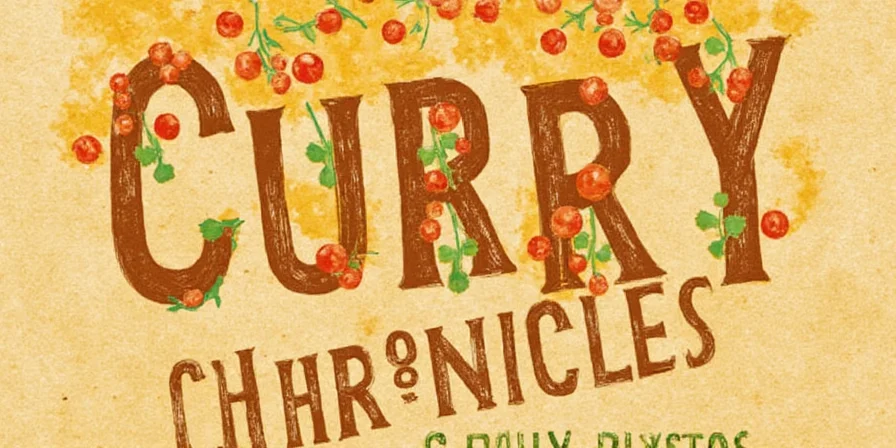
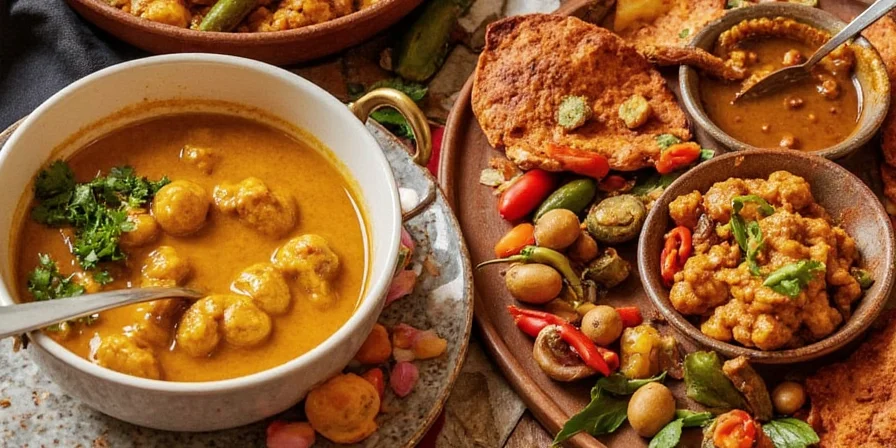
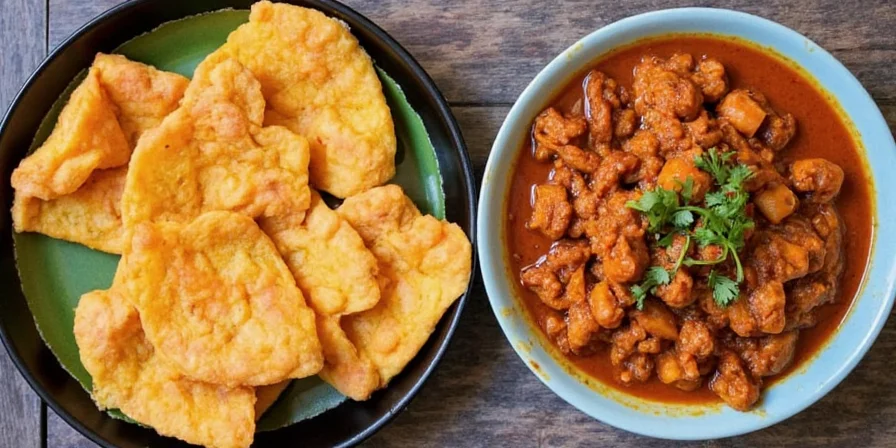

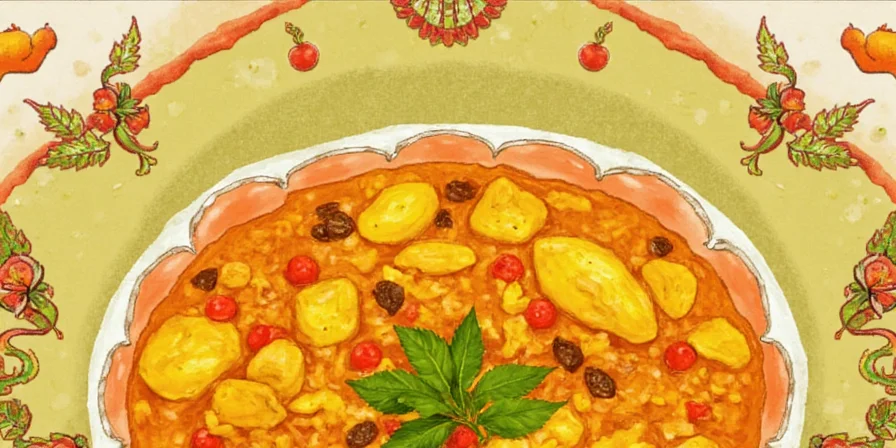









 浙公网安备
33010002000092号
浙公网安备
33010002000092号 浙B2-20120091-4
浙B2-20120091-4